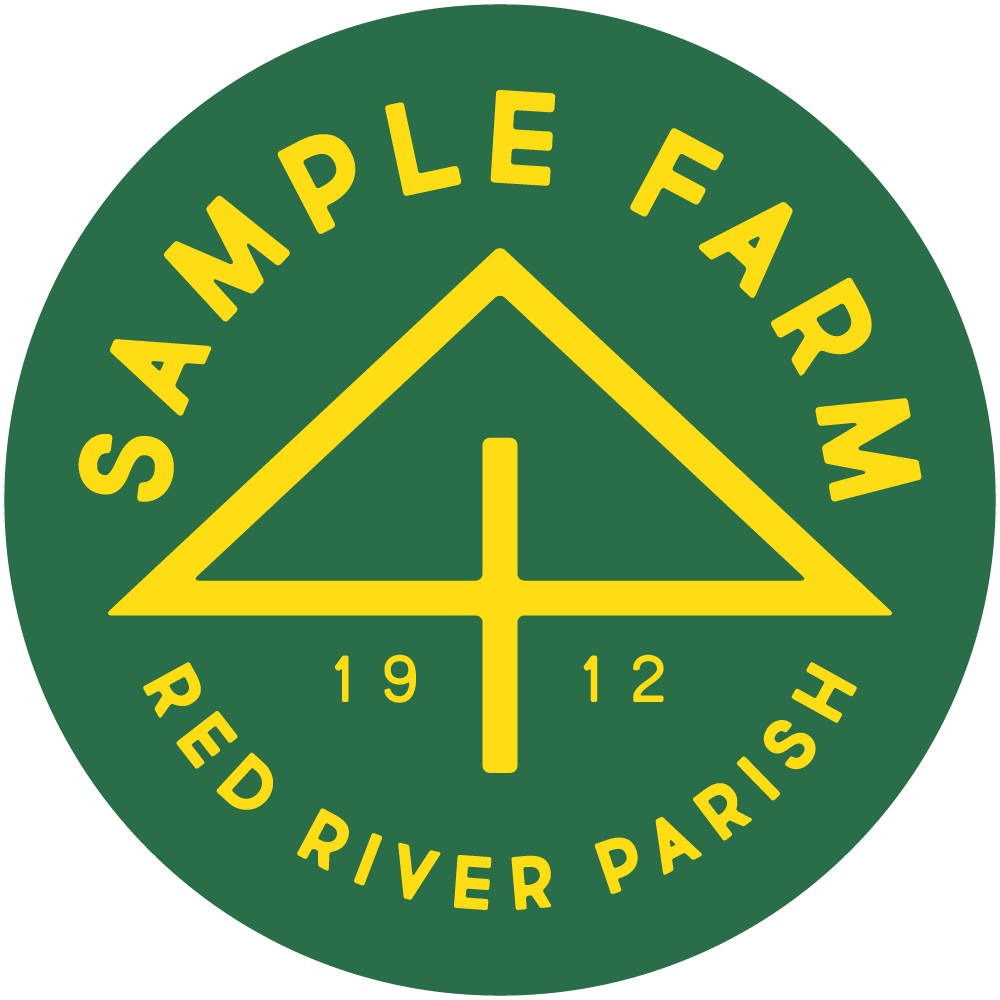The Carbon Cycle
You guys ever slow down a bit and think about the planet’s carbon cycle, and what your place is within it? Prior to going down the regenerative agriculture rabbit hole, I sure didn’t. Heck, prior to choosing this career path, I was living in Montana trying to figure out how I was going to pull off a career as a seasonal fly-fishing guide/carpenter, never once questioning cycles of nature, and how I fit into it. Nope. Truth be told, if it wasn’t for my chosen career path in regenerative farming, I certainly would not be thinking about it today…but I digress.
We started mob grazing cattle on our farm 6 years ago with a small, modest herd. Today, we’re rotationally grazing approximately 80 cattle across the farm in an effort to increase soil fertility and productivity. We graze the cattle on small paddocks for very short time periods, always being sensitive to never over graze any one paddock. To understand why we do this, one must have a general idea of how soils evolved, and they evolved from massive herds of ruminant animals moving across the landscape in a symbiotic relationship with the cycles of nature, specifically the carbon cycle. The carbon cycle has three components: plants, soil and ruminants (grazers).
Plants take carbon from carbon dioxide in the atmosphere by way of photosynthesis. Yes, the same process we all learned about back in middle school. Plants combine the carbon with water that’s stored in the soil, and then, by using energy from the sun, they produce sugar.
There are also a host of non-carbon elements and minerals needed for plant growth, and they come from the soil. Soil microbes are responsible for bringing these nutrients to the plant. Plants then leak sugars through their root systems, basically feeding the microbial community, and in return, the microbial community delivers nutrients to the plant. If plants get carbon from the atmosphere, they get their nitrogen from a thriving microbial cycle.
So…if living plants build healthy microbial communities in the soil, then grazers keep plants thriving by grazing the plant, spurring on new growth. Healthy plants need healthy grazers. Most of the biomass in grass is a stockpile of stored solar energy, which, by the way, is completely inaccessible to humans. Not to worry though, the ruminant was put here to graze grass. Ruminants chew cud regurgitated from their rumen, which is the first stomach of the animal where grass is partially digested with the help from bacteria. This partially digested grass is referred to as cud. Microbes in the rumen break down grasses into fats. Ruminants moving across the landscape leave partially digested biomass in their wake. This partially digested biomass is manure and nitrogen-rich urine, which is precisely what the grass needs to grow in the first place.
How did soils evolve, specifically, here in the states? They evolved from vast herds of ruminant bison roaming the plains. Early journal recordings from early explorers indicate they’d be stuck for days at a time waiting on a herd of bison to pass. Think about that for one second! Imagine being in your car stuck at a stop sign having to wait two days for a herd of bison to go through the intersection. Bison would graze their way from Mexico to Canada, leaving behind the fertile waste coming out of their back ends. Once grasses were grazed and the bison migrated on, the land was left to rest and regenerate. It’s the rest period that allows the carbon cycle to turn-over, thus allowing the grasses to once again express themselves through photosynthesis, which will in turn feed the soil microbes responsible for the exchange of non-carbon based minerals and nutrients with the grass. And then, the almighty ruminant will circle back, graze the grass once again and start the cycle all over, producing new carbon and stimulating new soil life.
Here at Sample Farm, we mimic the movement of the bison by using cattle, temporary electric fence and Management Intensive Grazing practices. We can get several passes across our entire farm in a given growing season, essentially turning the carbon cycle over numerous times in given season.
Here at Sample Farm, we like to say you can SEE the carbon cycle. By moving cattle daily, we pump carbon into the soil, and you can see the soil build over time. You can see the increased diversity on the landscape. You can see the increased insect life; spiders, earthworms, dung beetles and more. You can see it in soil pits by observing the increased depth of Soil Horizon A over time; Horizon A being the humus layer. We see it in the eyes of a middle school student on a field trip to Sample Farm.
It’s probably safe to say that without the planet’s carbon cycle, we’d be up turd creek without a paddle. It’s the single most important driving force that makes the planet go round and round. So how do we fit in it? Shit man, I don’t know, but what I do know is; there are currently two agricultural systems in this world; Big Ag and Regenerative Ag. One strives to farm in balance with nature, and the other strips it to its core, leaving soil frail, fragile, and lifeless. Maybe the way we fit into this cycle is by simply making conscious food choices that promote healthy soils, healthy grasses, healthy livestock, and healthy ecosystems. How you spend your food dollar greatly affects the planets carbon cycle…think about it.
